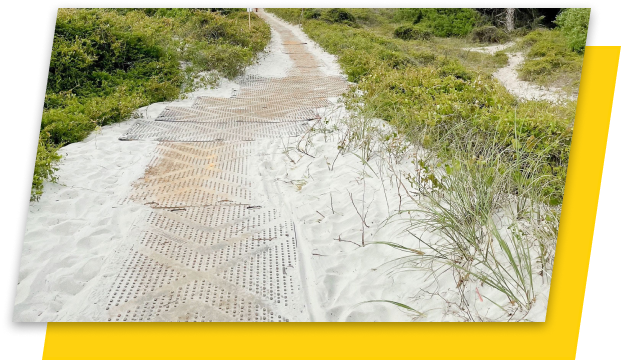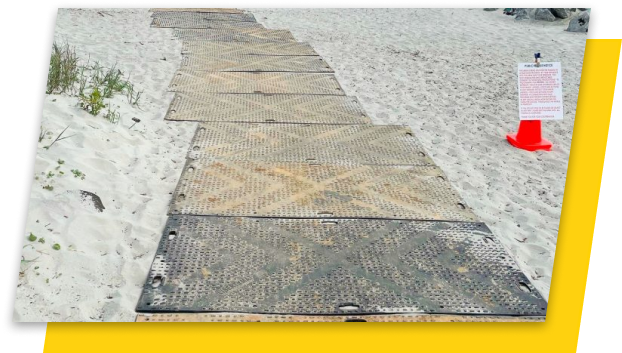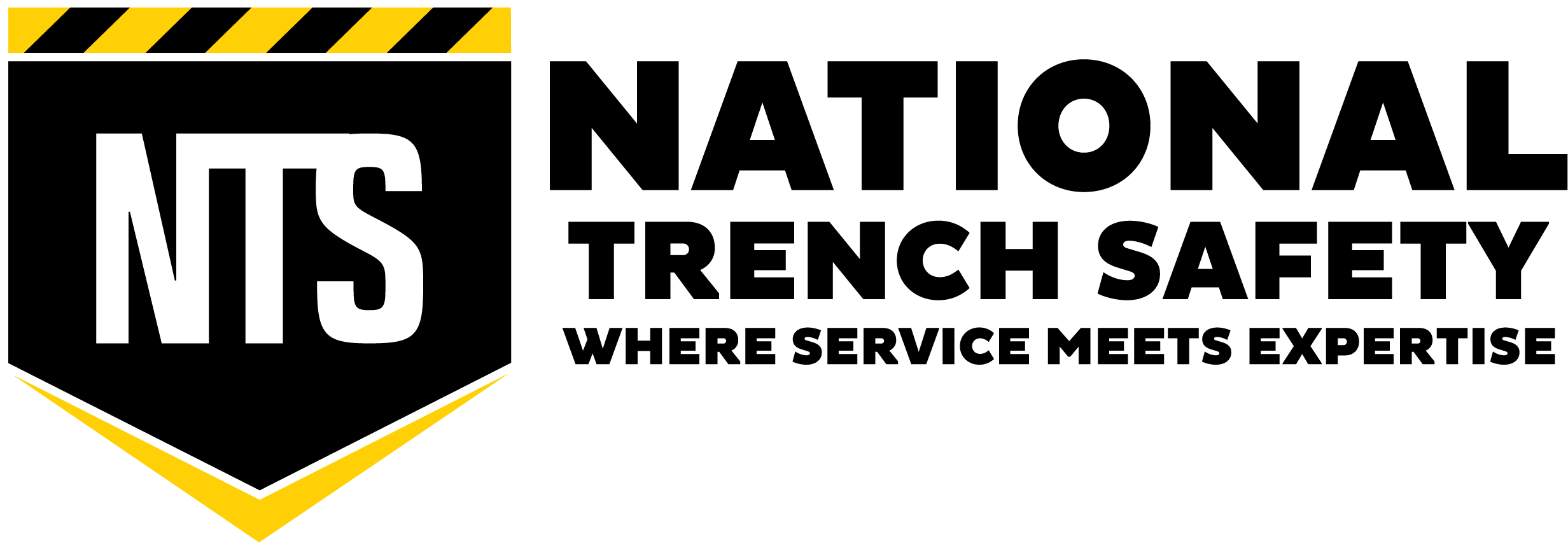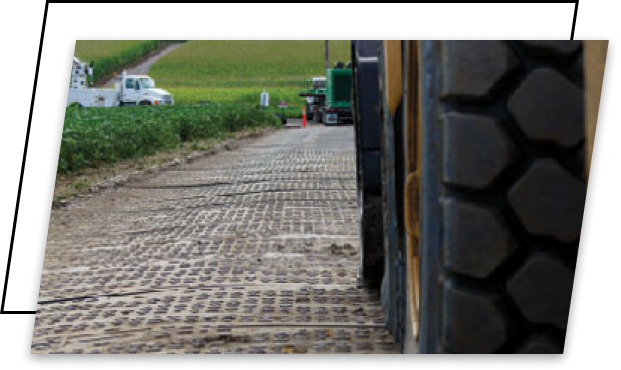
Composite ground mats are a valuable tool in temporary construction projects, providing secure site access while minimizing disruption and enhancing stability and traction across various areas of a job site.
By utilizing NTS’ composite ground mats, construction professionals can navigate their sites with ease, ensuring safe and efficient operations while preserving the integrity of the terrain. These mats not only offer reliable access solutions but also protect the ground from potential damage and prevent soil erosion.

Incorporating NTS’ composite safety plates into construction projects offers professionals a reliable and efficient way to navigate work sites. These safety plates not only provide access solutions but also act as protective barriers, preventing ground damage and soil erosion. Ensure safety and efficiency with NTS’ composite safety plates.





